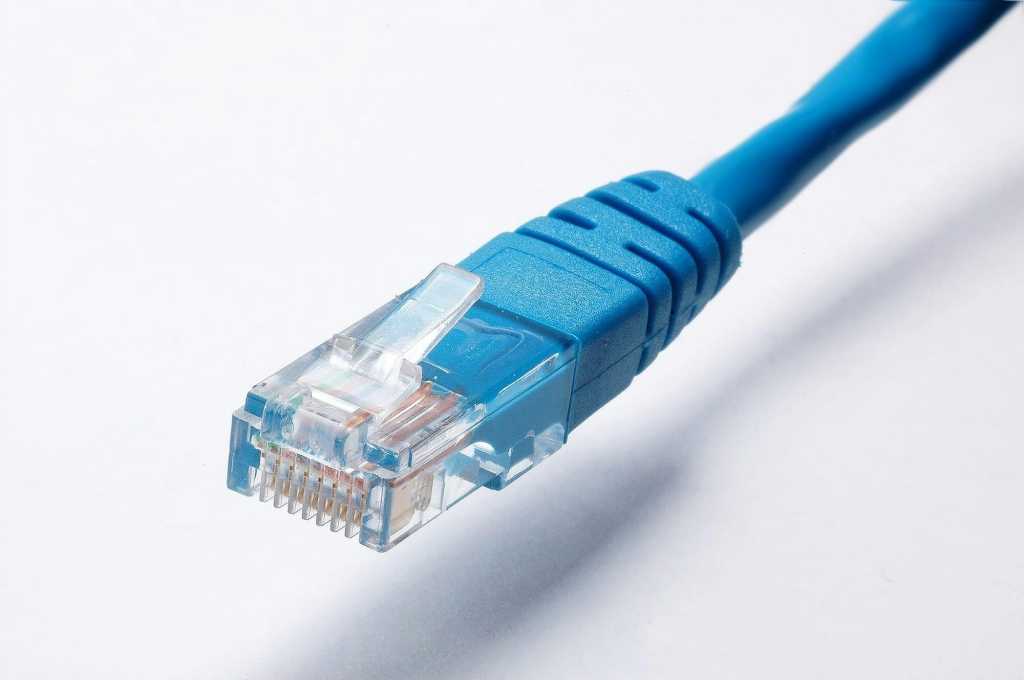While exploring Ethernet cables online, you may have encountered various categories such as CAT 5, CAT 6, CAT 7, and CAT 8. These designations represent different standards and specifications for cables used in networking.
Understanding CAT Ratings in Ethernet Cables
The term “CAT” stands for “category,” indicating the performance capabilities and specifications of the cable. Each category has distinct characteristics, such as wire configuration and construction features, which include the tightness of the winding and the presence of inner plastic tubing.
As technology progresses, Ethernet cables have evolved significantly, becoming faster and more reliable. This advancement is particularly beneficial for gamers seeking low-latency connections for an optimal gaming experience.
Data Transfer Speeds by Category
Commencing with the older CAT 5 and CAT 5e cables, these options were among the first widely used Ethernet cables. The transfer speed for standard CAT 5 cables reaches up to 100 Mbps at 100 MHz, while CAT 5e cables enhance this capability, achieving speeds of up to 1,000 Mbps, also at 100 MHz. This improvement provides greater stability and reduced lag.
Even though CAT 5 and 5e cables suffice for everyday network needs, the introduction of CAT 6 cables has made significant waves, especially among gamers and those requiring faster data transmission. CAT 6 cables offer data transfer speeds of up to 10 Gbps and operate at frequencies of 250 MHz, featuring enhanced shielding against electromagnetic interference. This makes them suitable for activities such as video conferencing and cloud computing.
Within the CAT 6 category, CAT 6a cables provide a step-up in functionality, supporting 10 Gbps data transfer at frequencies up to 500 MHz. Following this, CAT 7 cables maintain similar speed capabilities but can function at frequencies up to 600 MHz. However, CAT 7 was designed for GG45 or TERA connectors and may require adjustments to utilize standard RJ45 connectors effectively.
Advancing to the current state-of-the-art, CAT 8 Ethernet cables push the boundaries by enabling data transfer speeds of 20 Gbps to 40 Gbps using a 2 GHz signal. These cables are primarily utilized by enterprises that necessitate the fastest connections, such as data centers and broadcasting studios.
Choosing the Right Ethernet Cable for PC Gaming
When contemplating the best Ethernet cable for gaming, a CAT 8 cable seems ideal for its high performance. However, it may prove impractical for many gamers who might not fully exploit the capabilities due to the limitations of their routers or modems. For most gaming contexts, CAT 6 or CAT 6e cables are sufficient, as they balance speed, reliability, and cost-effectiveness well. Most standard gaming setups utilize cards that support speeds up to 10 Gbps, rendering CAT 6 or CAT 6e optimal choices.
In summary, while the CAT rating significantly influences cable performance, it is vital to remember that the overall speed of your network is determined by its slowest component. Before purchasing, consider the required cable length and compatibility with existing devices to ensure optimal performance.

